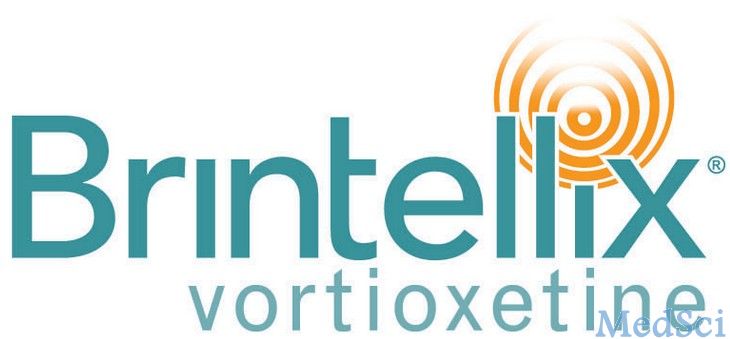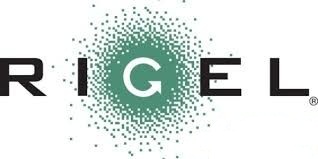科学家发现热敏型化疗纳米颗粒可有效杀灭95%的卵巢癌细胞
2013-10-29 yangtao 生物谷
根据俄勒冈州立大学最新研究成果显示,一种纳米颗粒包载的化疗药物对卵巢癌细胞有显着治疗效果。研究人员利用氧化铁纳米颗粒包载化疗药物阿霉素并将其输送至癌症部位,然后待其进入癌症组织后对纳米颗粒进行加热,最后结果令人惊讶,实验中95%的癌症细胞被杀灭。该项目的研究人员表示,这一发现令人振奋,利用这种纳米载药系统可以有效利用化疗药物并避免化疗药物对健康组织的毒性。(生物谷Bioon.com) 详细英文报
根据俄勒冈州立大学最新研究成果显示,一种纳米颗粒包载的化疗药物对卵巢癌细胞有显着治疗效果。研究人员利用氧化铁纳米颗粒包载化疗药物阿霉素并将其输送至癌症部位,然后待其进入癌症组织后对纳米颗粒进行加热,最后结果令人惊讶,实验中95%的癌症细胞被杀灭。该项目的研究人员表示,这一发现令人振奋,利用这种纳米载药系统可以有效利用化疗药物并避免化疗药物对健康组织的毒性。(生物谷Bioon.com)
详细英文报道:
A new study out of Oregon State University has shown that a combination of mild heat and nanoparticle-delivered chemotherapy can have a whopping effect on ovarian cancer cells that have otherwise built up a resistance to cancer drugs.
In work reported in the International Journal of Pharmaceutics, researchers used iron oxide nanoparticles coated with the chemotherapeutic agent doxorubicin and heated the compound once it was embedded in cancer cells, noting that it killed up to 95% of them in early lab tests, with room to improve, the scientists hope. The nanoparticle aspect of the method gets around the difficulty of heating just the cancer cells, as opposed to surrounding ones, by targeting them first with a peptide and then heating the particles with the use of a magnetic field.
Scientists have used heat successfully before to combat cancer, but this specific marriage of targeted particles and higher temperatures gave the treatment an extra punch. According to a report from the university, a modest dose of the drug combined with temperatures of about 104 degrees was far more effective than either treatment would be alone. The drug normally leaves about 70% of cancer cells alive.
Furthermore, a polyethylene glycol coating gave the particles more targeting capability and enhanced their "stealth" action in the bloodstream.
"I'm very excited about this delivery system," OSU researcher Oleh Taratula said in a statement. "Cancer is always difficult to treat, and this should allow us to use lower levels of the toxic chemotherapeutic drugs, minimize side effects and the development of drug resistance, and still improve the efficacy of the treatment. We're not trying to kill the cell with heat, but using it to improve the function of the drug."
本网站所有内容来源注明为“梅斯医学”或“MedSci原创”的文字、图片和音视频资料,版权均属于梅斯医学所有。非经授权,任何媒体、网站或个人不得转载,授权转载时须注明来源为“梅斯医学”。其它来源的文章系转载文章,或“梅斯号”自媒体发布的文章,仅系出于传递更多信息之目的,本站仅负责审核内容合规,其内容不代表本站立场,本站不负责内容的准确性和版权。如果存在侵权、或不希望被转载的媒体或个人可与我们联系,我们将立即进行删除处理。
在此留言













纳米还是未来的方向
178
#科学家发现#
57
#卵巢癌细胞#
66
#癌细胞#
83
#纳米颗粒#
70